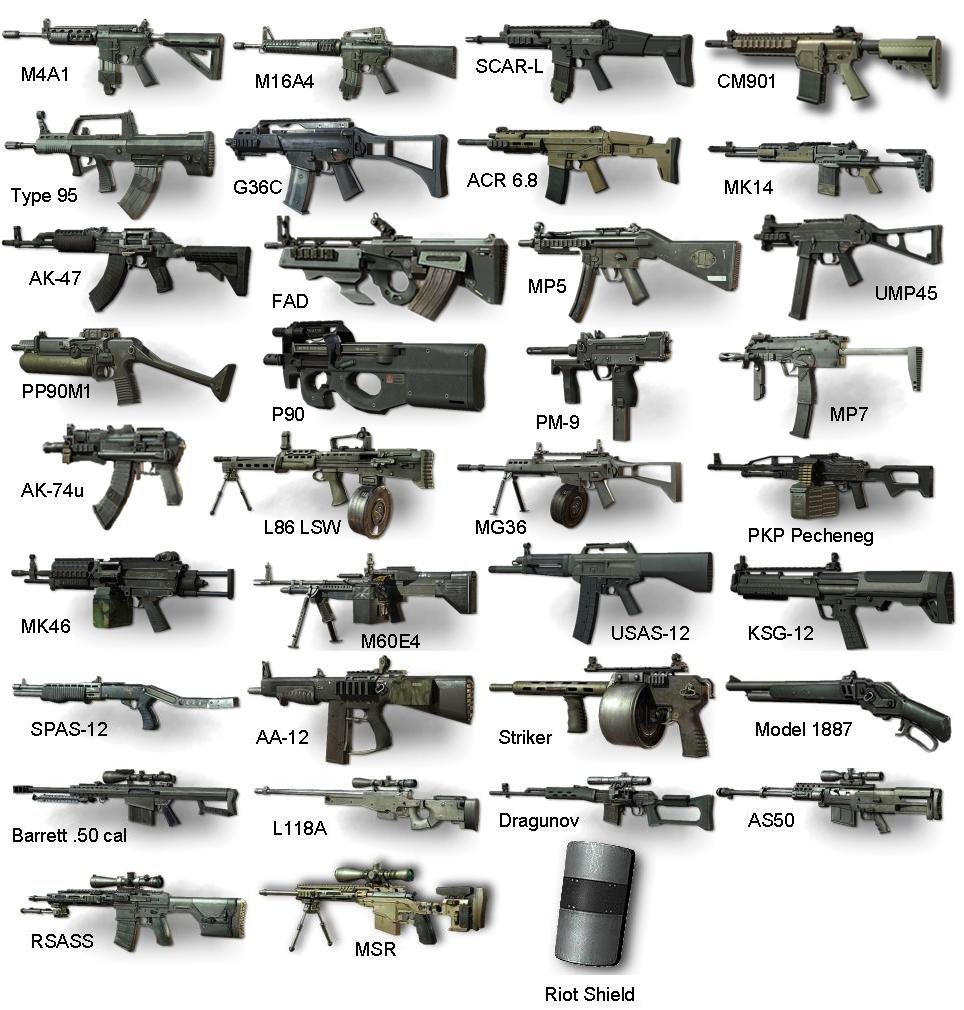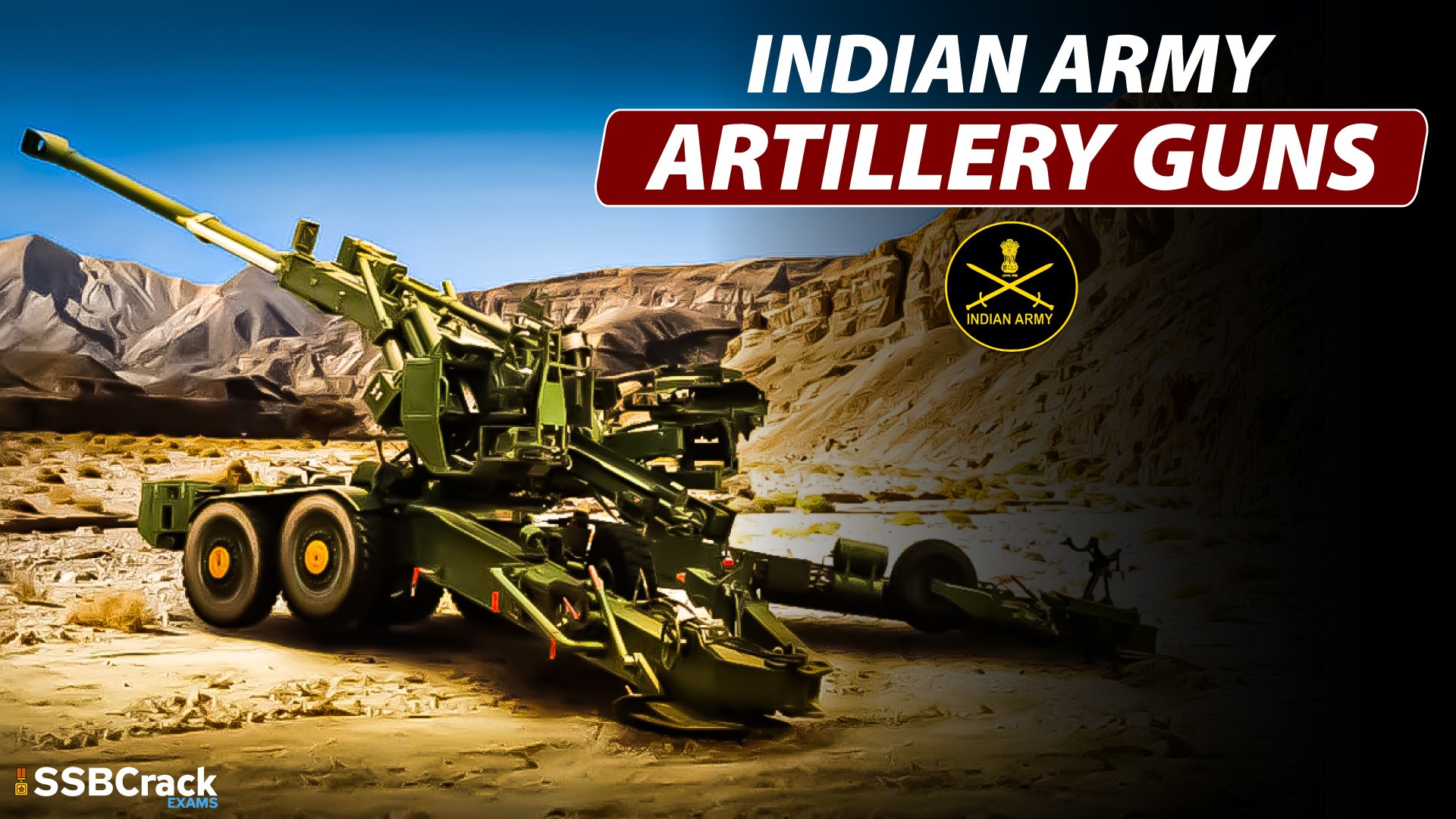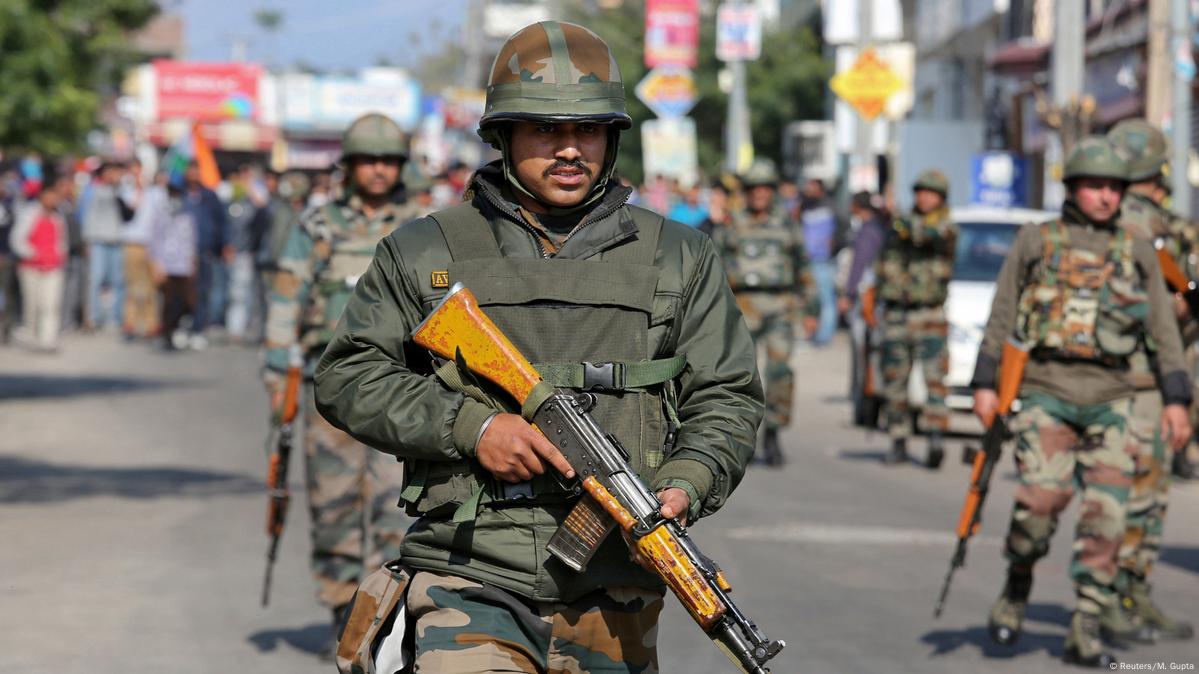Trinidad Aircraft - This article describes the author's experience in operating the Socata TB20GT aircraft since 2002. He also answers frequent questions from TB20 buyers about conversion issues, general performance, costs, and things to watch out for.
I started my PPL training in 2000. The goal was to learn to fly so I could go to the remote areas of Europe and see Europe from the air.
Trinidad Aircraft

The PPL training level at my local airport is a bit behind the times... the main training aircraft is the PA38 Tomahawk, which is most charitably described as a "fun" aircraft to fly, but its status is anything but. . The plastic has come out of the yoke (book of administration) many years ago, and one that took the unknown metal of rust through the sweat of long-term students. After a rainy night there was a pool of water on the ground and the plane smelled like an old pay phone store. During a pre-oil flow test after a rainy night, it is not uncommon for many of the test nozzles to come out of the water before oil begins to flow, possibly due to a clogged cap seal. After about 20 hours of classes, I left this school because of this and other unmentioned maintenance issues.
Clearwateraviation.com > Our Fleet
The next school operates Cessna 152s and I completed my UK/JAA PPL at this school in June 2001. These are very old, but the flight is very fun and the landing is very easy as there is no ground effect. .
The first thing that became clear during the PPL course was that the whole field was a far cry from the way I learned to fly. Although training aircraft can go together in "heavy" work (they don't, because of where they are), ensuring plans to come along is a challenge. They are not secure in the sense that the wings will not fall off, but their condition is not the best, and only hardy anoraks will want to travel in them regularly. Technically, a Cessna 152 or PA28-161 would mean flying from the UK. Prague with a kitchen stop or two, making it a full day's training - in each direction! Getting out of an airplane is not like getting into a gas station. In Europe you often need to clear customs for mid-air fuel stops, so avoid landing if you don't want to do anything there.
After canceling lesson 2 or 3, it is still clear that flying without instruments will not be practical at all. I signed up to fly every day between October and December (that's 90 lessons) and due to rain and low clouds I only had 3 lessons! Unfortunately there is nothing good for renting a "real" instrument. For instrument training, we used one aircraft for VOR duty (VOR enabled but with ADF duffle) and another (VOR duff, DME duffle but with ADF enabled) for NDB duty.
So, right after I started my PPL training I started looking for flights for "long term" (buy in groups or direct). This angered many instructors, many of whom were ATPL watchdogs who had never crossed the nearest ditch on their charts and knew nothing about the different aircraft models. Naturally they like to rent out what I have to offer - an important source of income for private flying schools.
A Great Aircraft Sometimes Overlooked By Buyers — General Aviation News
This is done by the process of basically eliminating everything that I don't want. After 66 hours of PPL, I switched and leased PA28-160s and -180s having accumulated about 50 hours on various local flights while looking at several options. At this point, the questions are revised:
No doors (difficult to get in and out, and escape in an emergency - I have one of the two PA28 door locks and that's enough)
The actual aircraft is less than 15 years old (aluminum air conditioners require special air conditioners after this point).
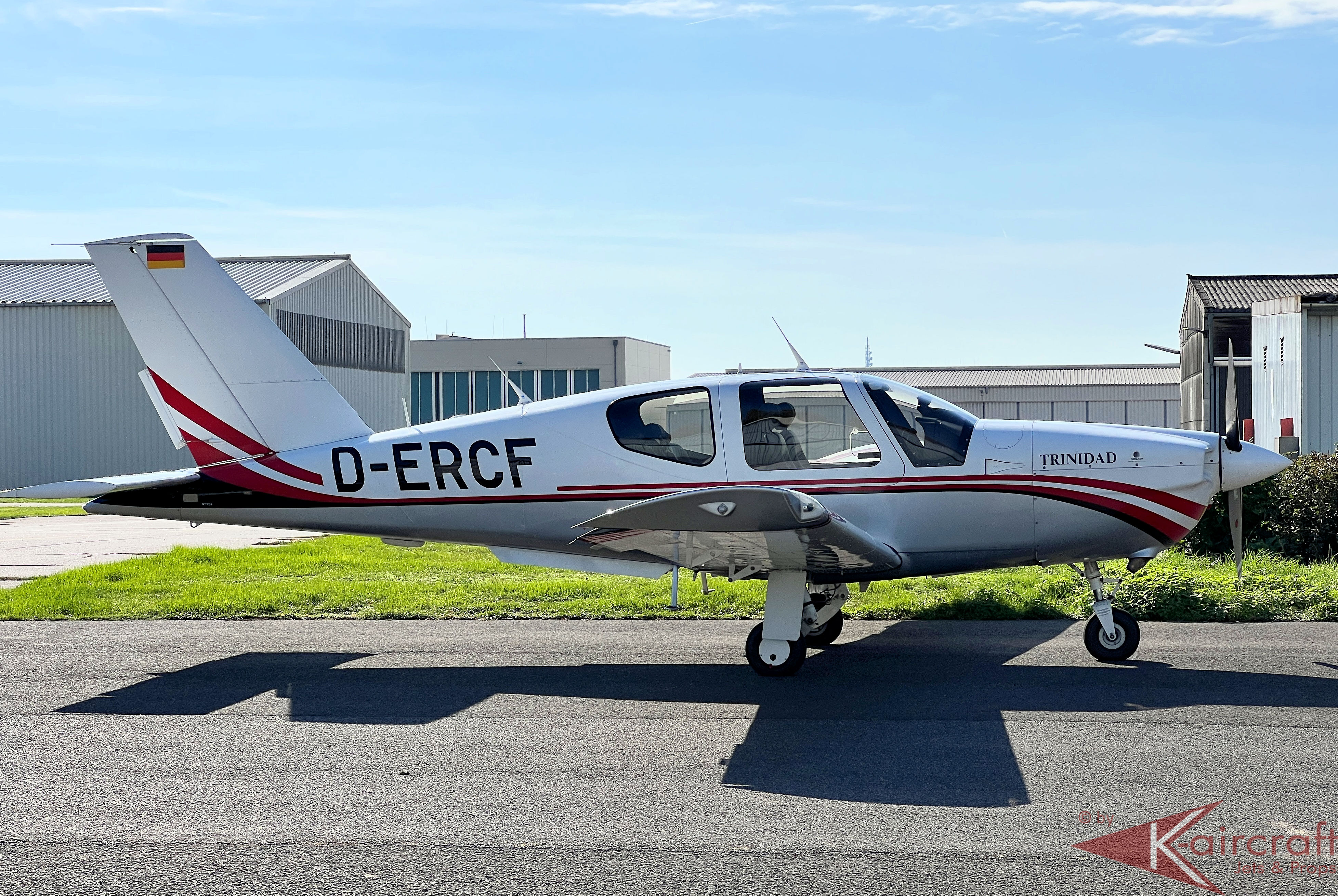
RMI with ADF and VOR needle (NDB route is part of European IFR, never departs)
Socata Tb21 Gt
There are no matching groups. I almost had a Socata TB10 part, but it quickly became clear that some IFR flights were not working and only VFR members did not want to pay for the part for the repair. This has become a common occurrence at conferences. The aircraft is still in the private CofA and is not used for training to issue a first license or rating (except for the 100% owner and some other circumstances) because my immediate goal at the time was the IMC scale. . In hindsight, I could try to build a team around every purchase (new or used), but most of the people I build with leave the plane immediately, and there is no pure pool of potential shareholders to tap into.
I recently went to several open purchase options. At the moment I don't have the budget for anything new. The front runner, in terms of specification and budget, is another used Socata TB10. The TB9 performed no better than the PA28-160 (Warrior) and was rejected. However, the few TB10s we find for sale are in good condition. After great success in the early 1980s, the TB9/TB10 models sold out (perhaps due to high prices), resulting in many models being sold in around 20 years.
By early 2002, the budget situation had improved and new procurement options were being considered. Aircraft that meet the technical requirements are an incredibly short list:
The first two are very recent designs, while the fall - "ultra-modern" by normal Cessna/Piper standards - dates back to the 1980s. The TB20 is the only reversible gear aircraft in the lineup.
File:socata Tb 20 Trinidad Gt, Private Jp7645791.jpg
The first fiberglass Cirrus product was a full-body helicopter parachute, which was designated for some emergency missions. Structural failure or mechanical failure at night or in "impossible" conditions. However, it does not have ADF or DME. These (and DME still) are legal requirements for IFR in controlled airspace in the UK, and DME is required for IFR almost anywhere in Europe. When the Cirrus salesman was asked about it, he said, “No; GPS is better” (which is true, but not really) and turns to talk to another customer who doesn't ask the damn question. I found out later that ADF and DME can also be done as a crude hack on the right side of the dashboard, but what if the seller has an arrogant attitude before paying? Build quality isn't great either, with lots of sharp edges and mismatched trim around. The Cirrus does not have an engine RPM lever - this is a rather crude device that connects the throttle to the governor so that the engine can run at maximum RPM.
The Diamond DA40 is another modern glass plane, but the edges are sharp, and the quality of the IKEA kitchen is unmatched anywhere. He also didn't have the flight medicine I wanted. I never considered the Garmin 430 to be the first GPS for VFR and IFR with its small screen. The seller did not want to discuss flight changes. The DA40 is an interesting aircraft and shows what the future of "Sports VFR" could look like, but it is not made for long IFR.
Interesting reviews of Cirrus and Diamond are here and here. Please let me know if these links are dead. 5/2011 update: TB20 review is here.

Socata TB20 is no different. The build quality is very good and any "engineer type" of comparison will be familiar. The construction is mostly aluminum, with a curved roof and a lot of plastic bodywork (it looks like 1970 Renaults - looks like they built the interior) and soft interior trim. You meet the job requirements. It is equipped with a full system of IFR avionics, mechanical components, and fuel flow assemblies, all on an ergonomically designed masterpiece.
File:socata Tb 20 Trinidad Gt, Private Jp7674153.jpg
It also has ice from TKS propellers, and has a dealer ready to talk about options like RMI. The panel above shows the RMI, and in later years the Garmin 496 mounted on the LH yoke. A complete TKS system was installed in 2018.
TB21 is also considered. It's still around £60m, with longer delivery times, but unfortunately I got false information about labor costs -
Aircraft appraisal online, free aircraft appraisal, aircraft appraisal services, aircraft appraisal cost, aircraft appraisal jobs, aircraft appraisal course, aircraft appraisal training, business appraisal, rolex appraisal, appraisal software, 409a appraisal, aircraft appraisal report
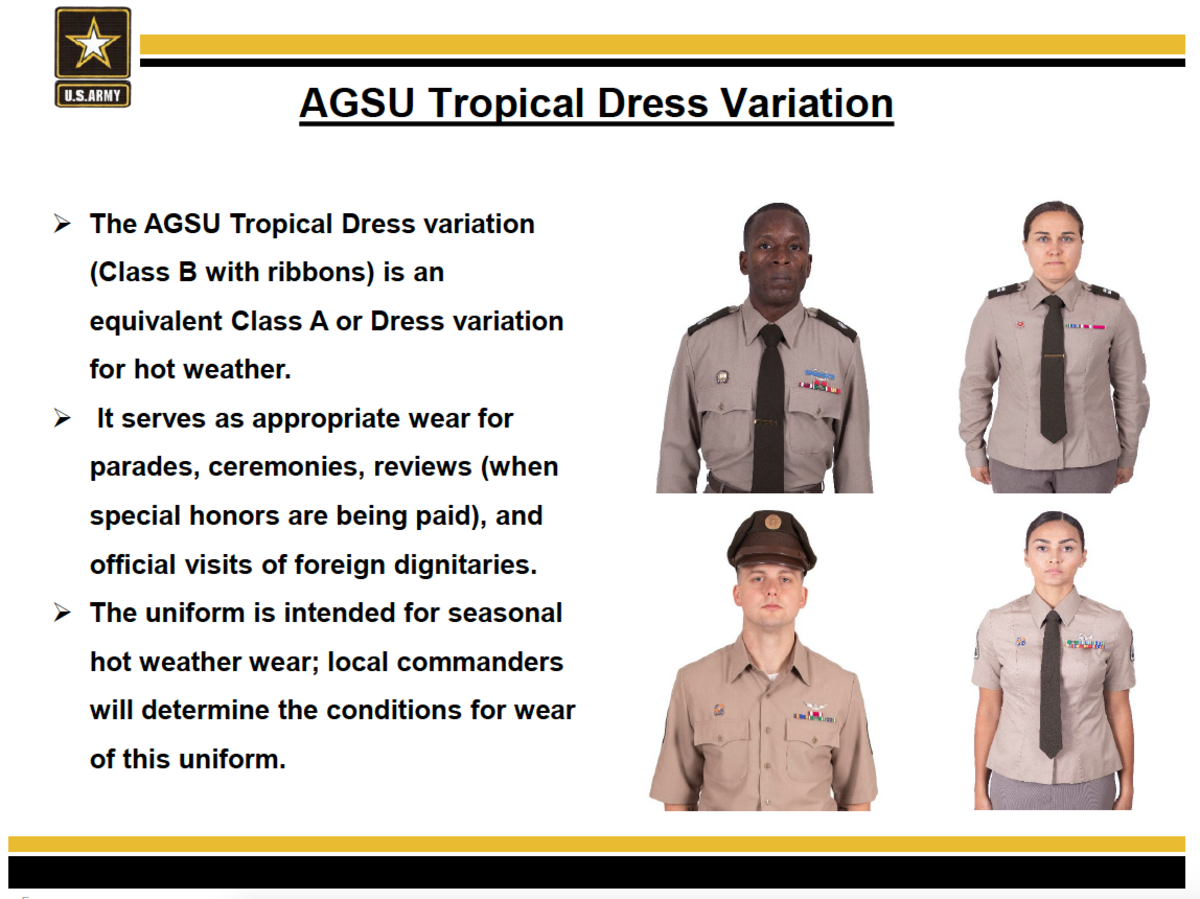
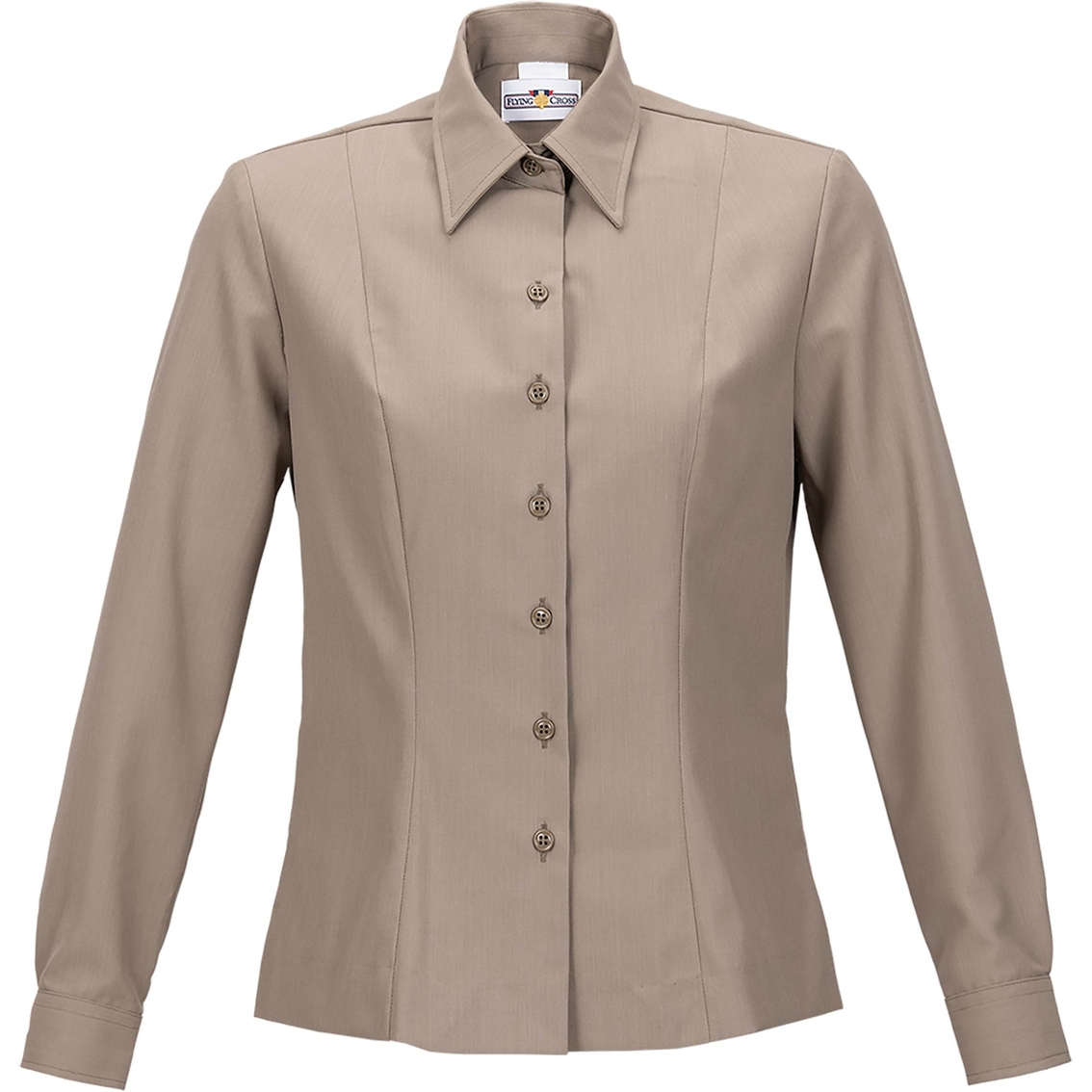
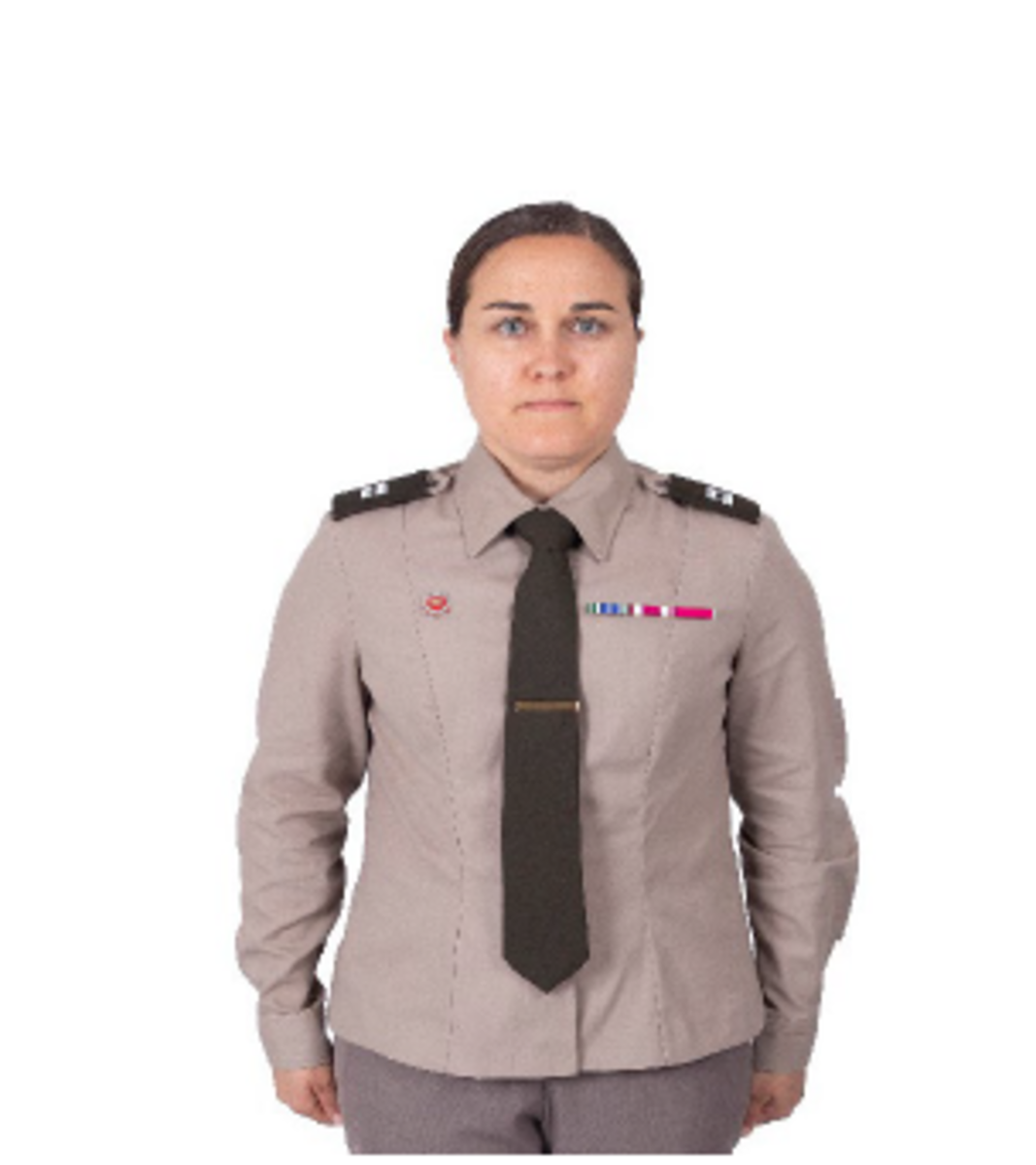
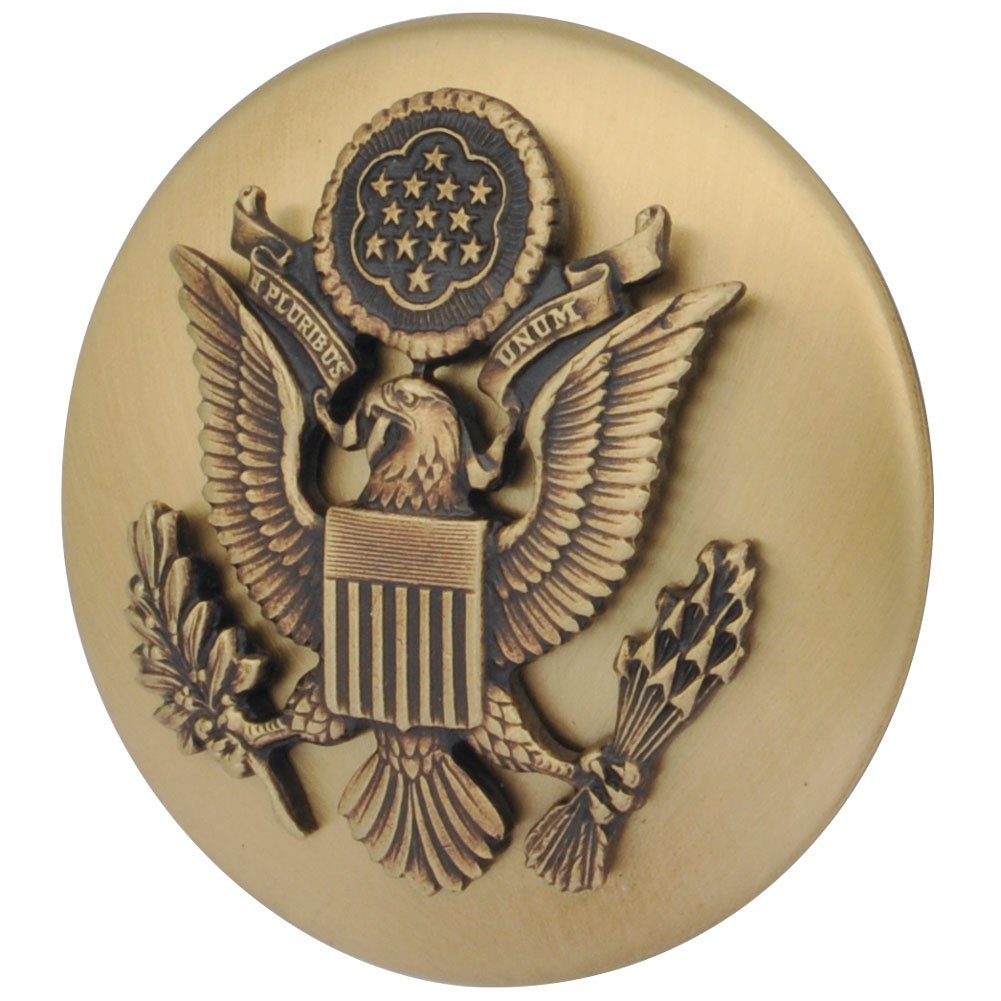
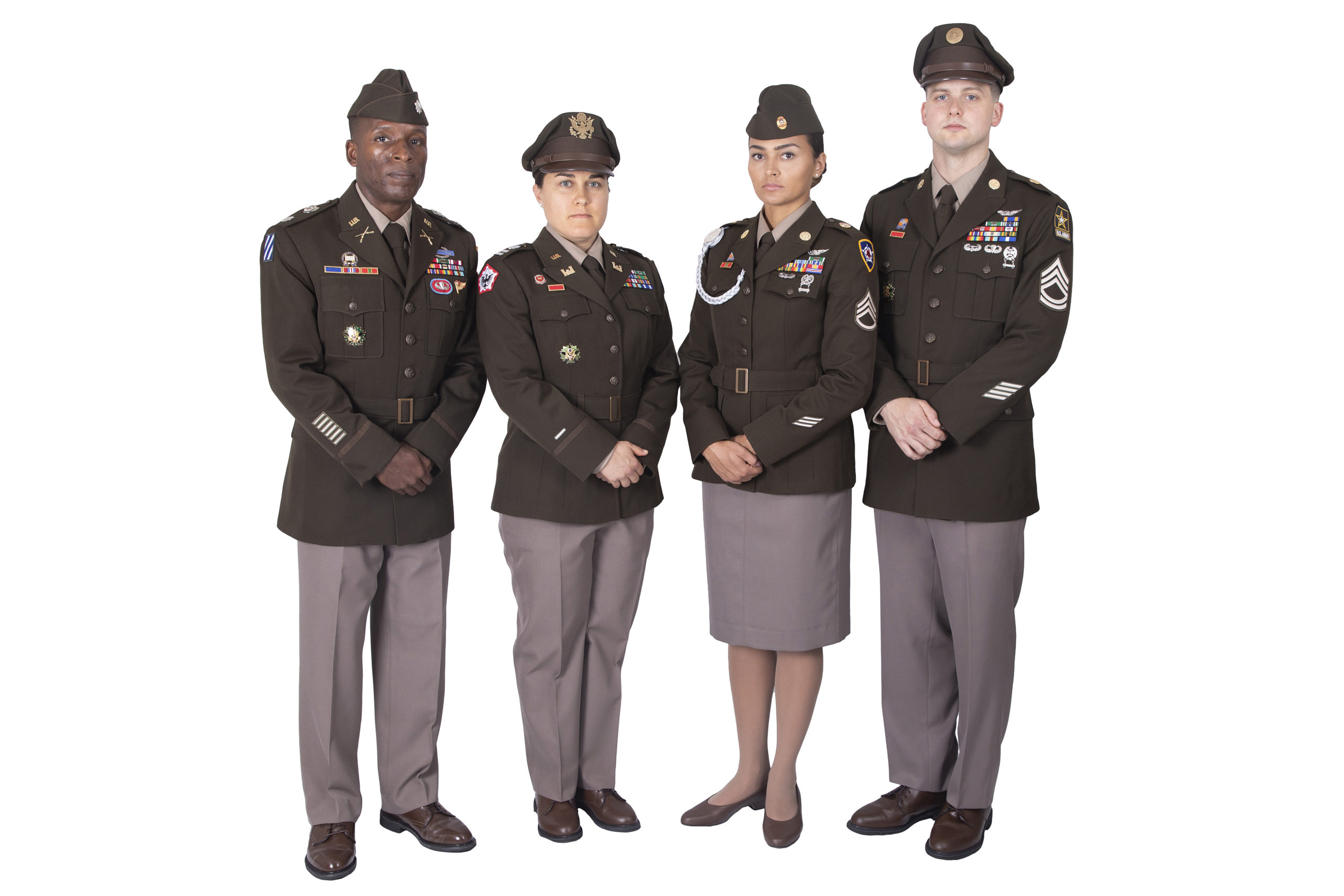
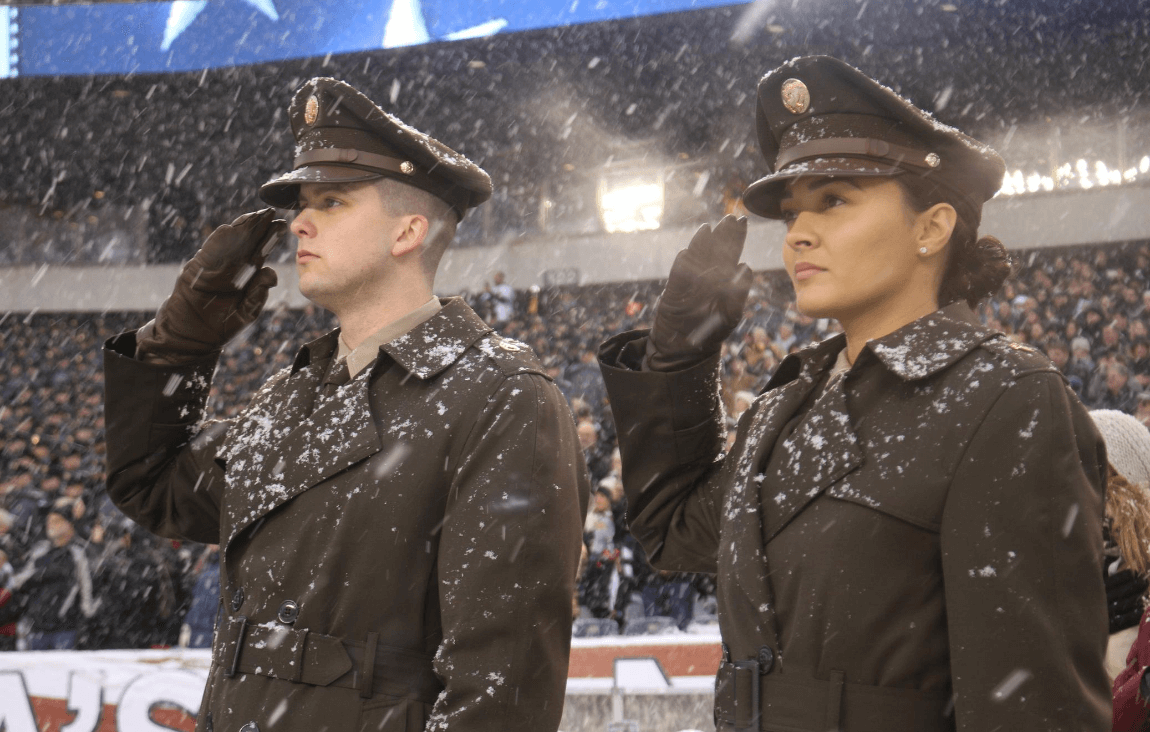
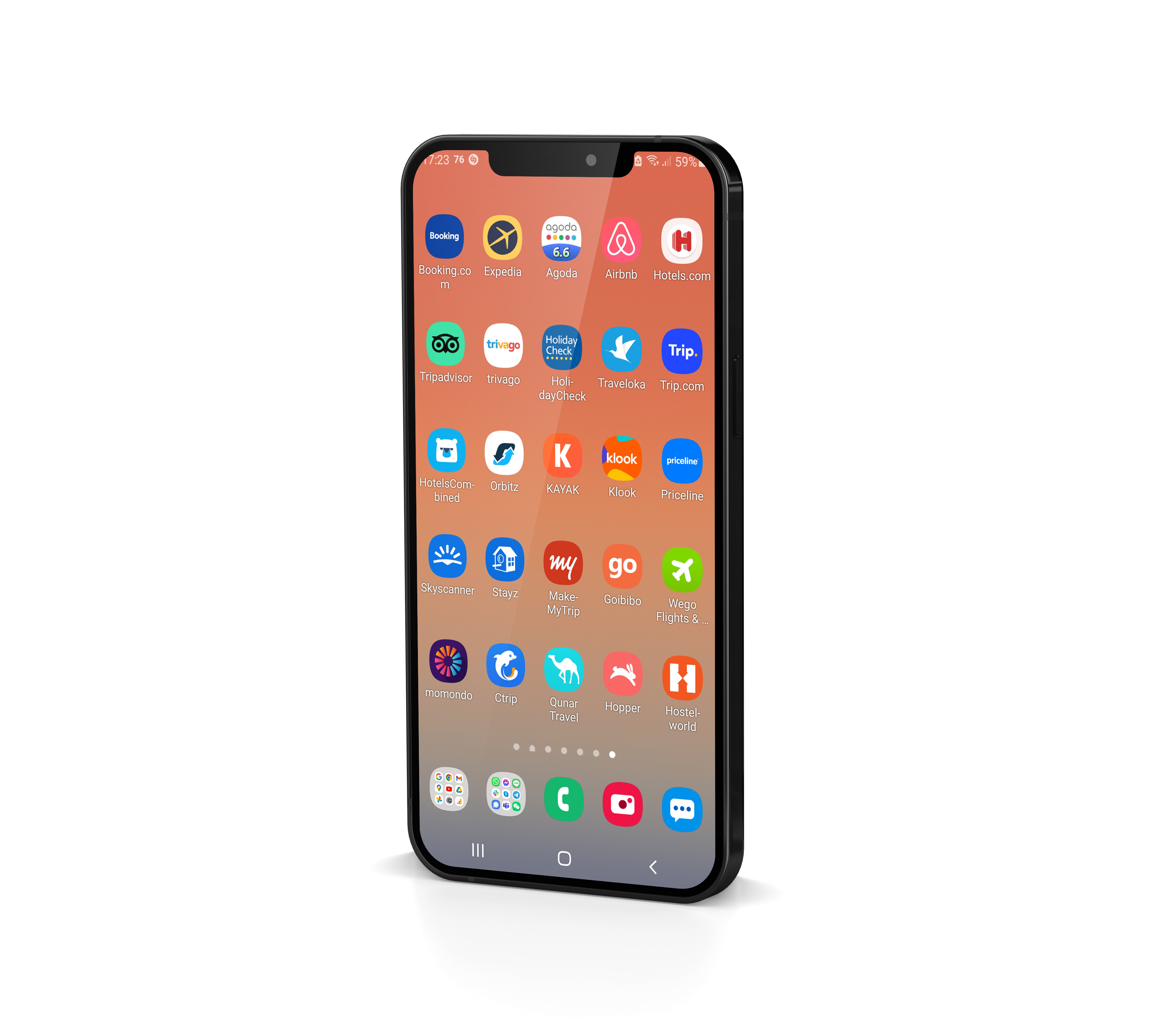

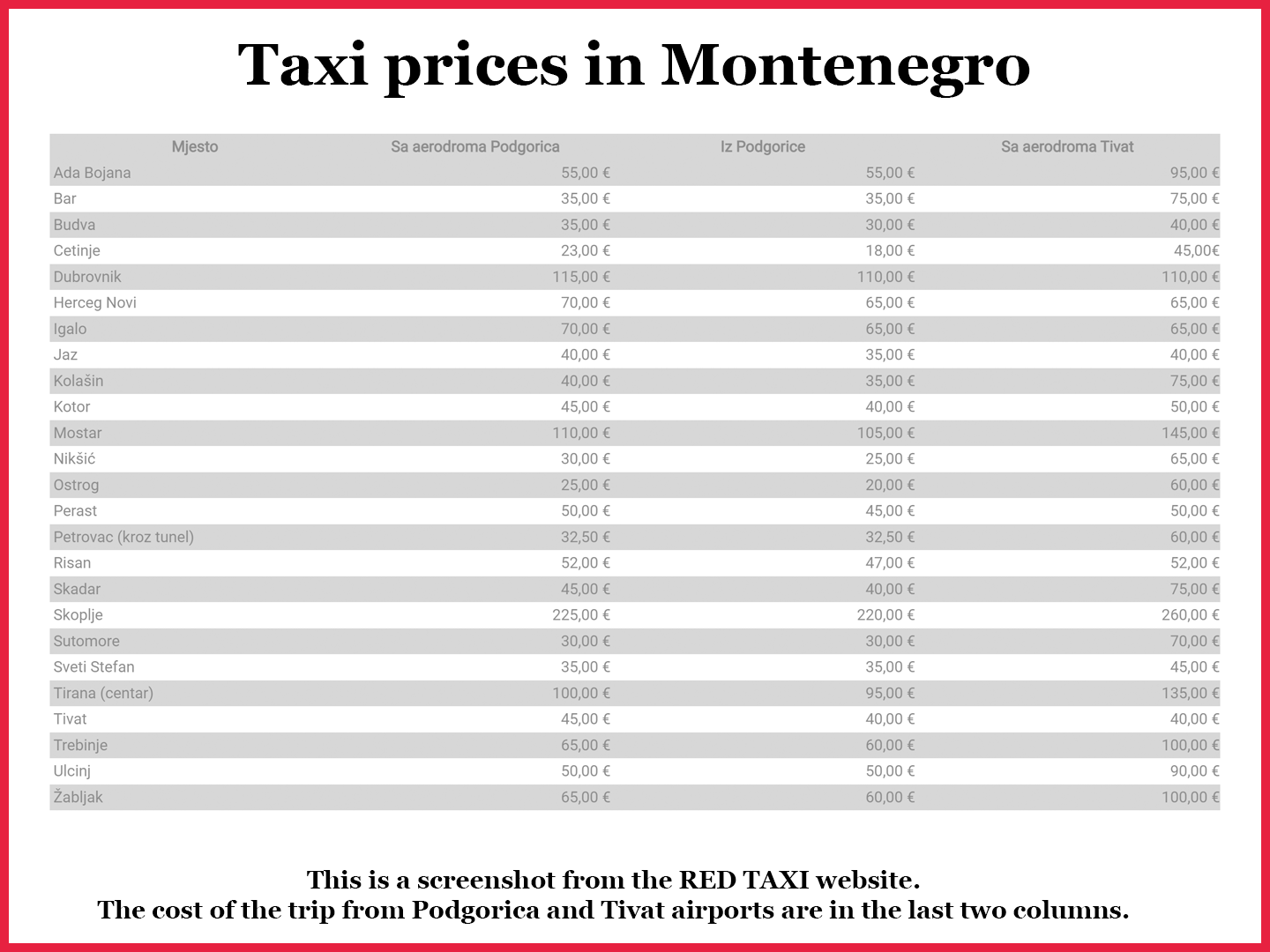


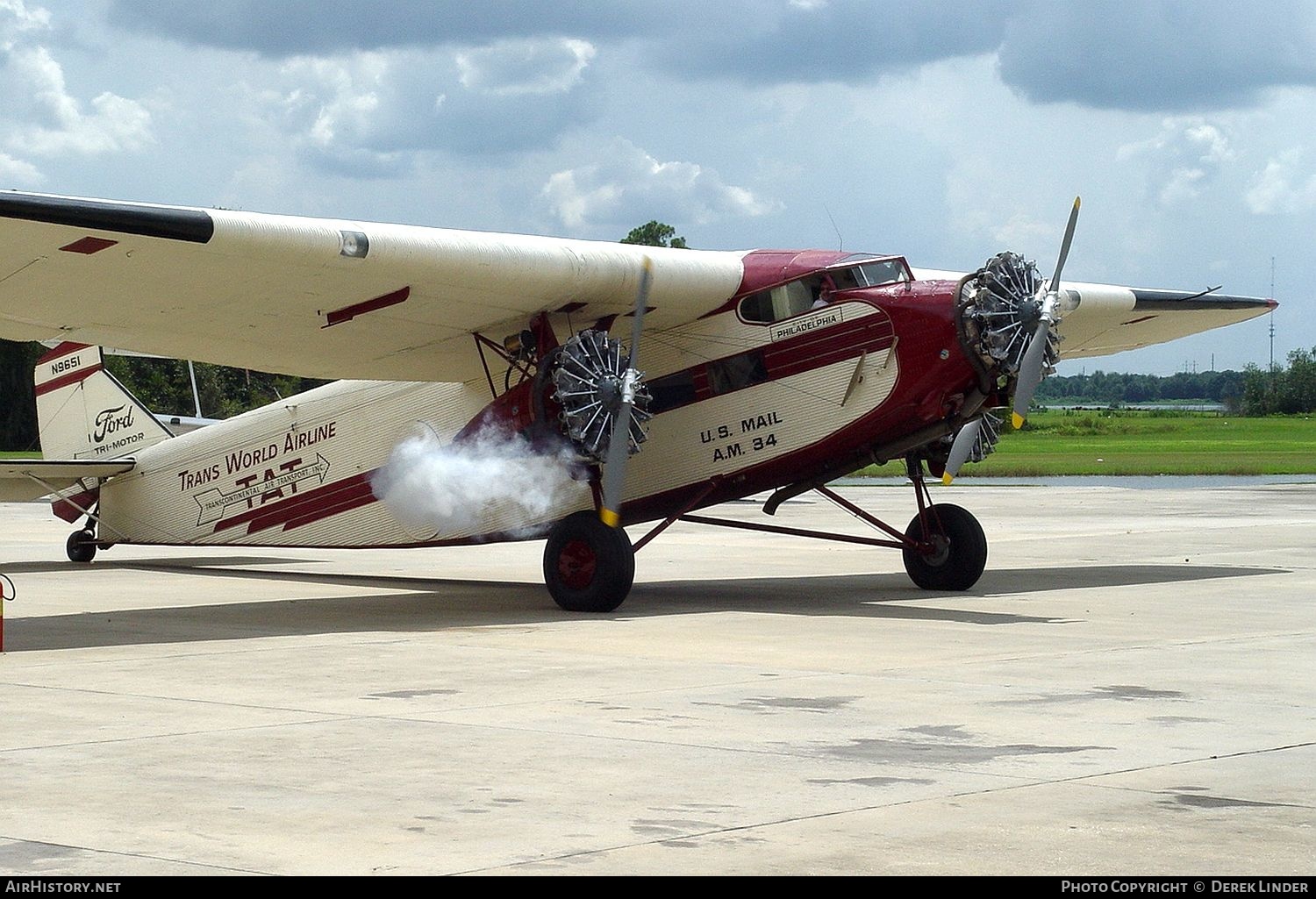
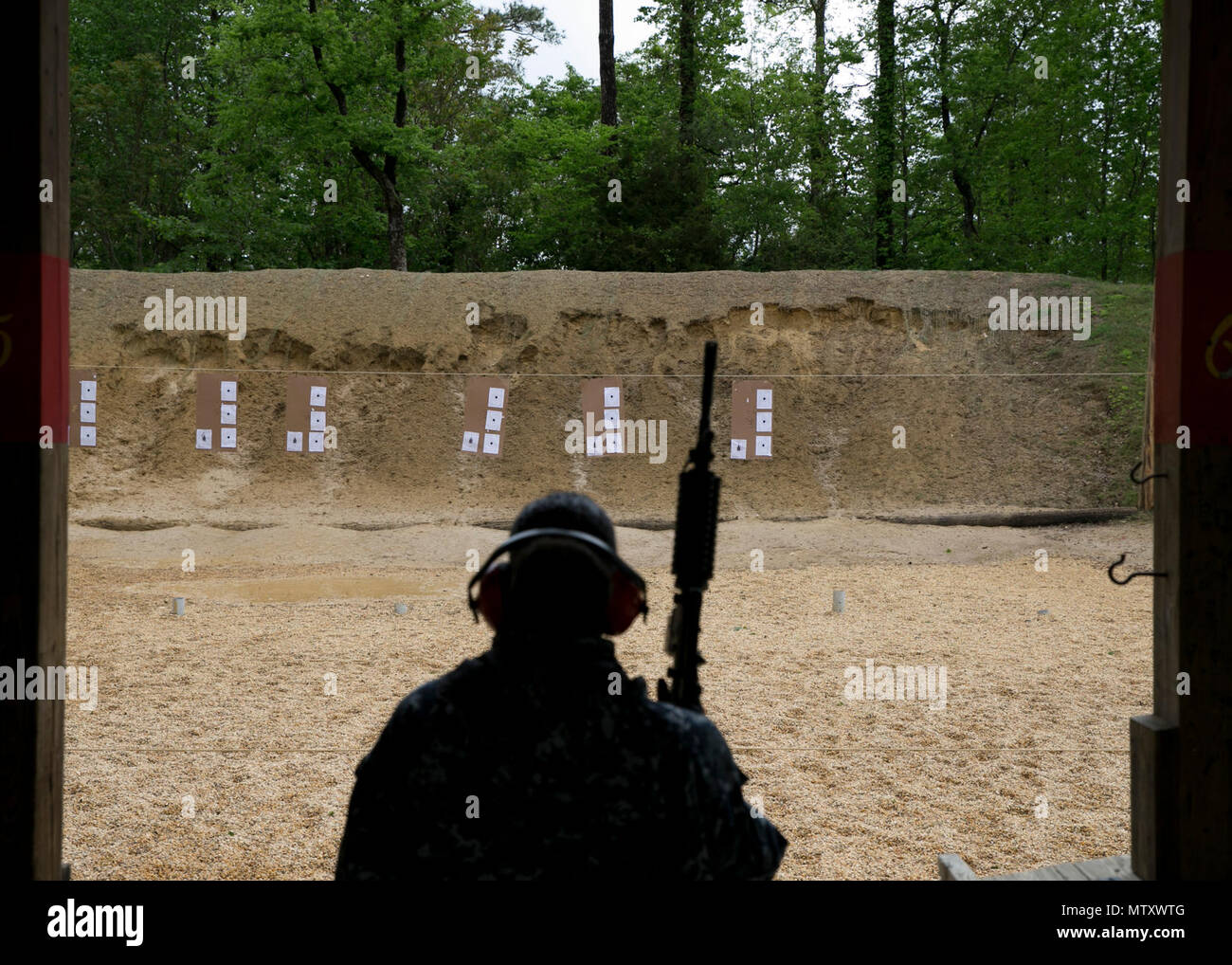




.jpg)
